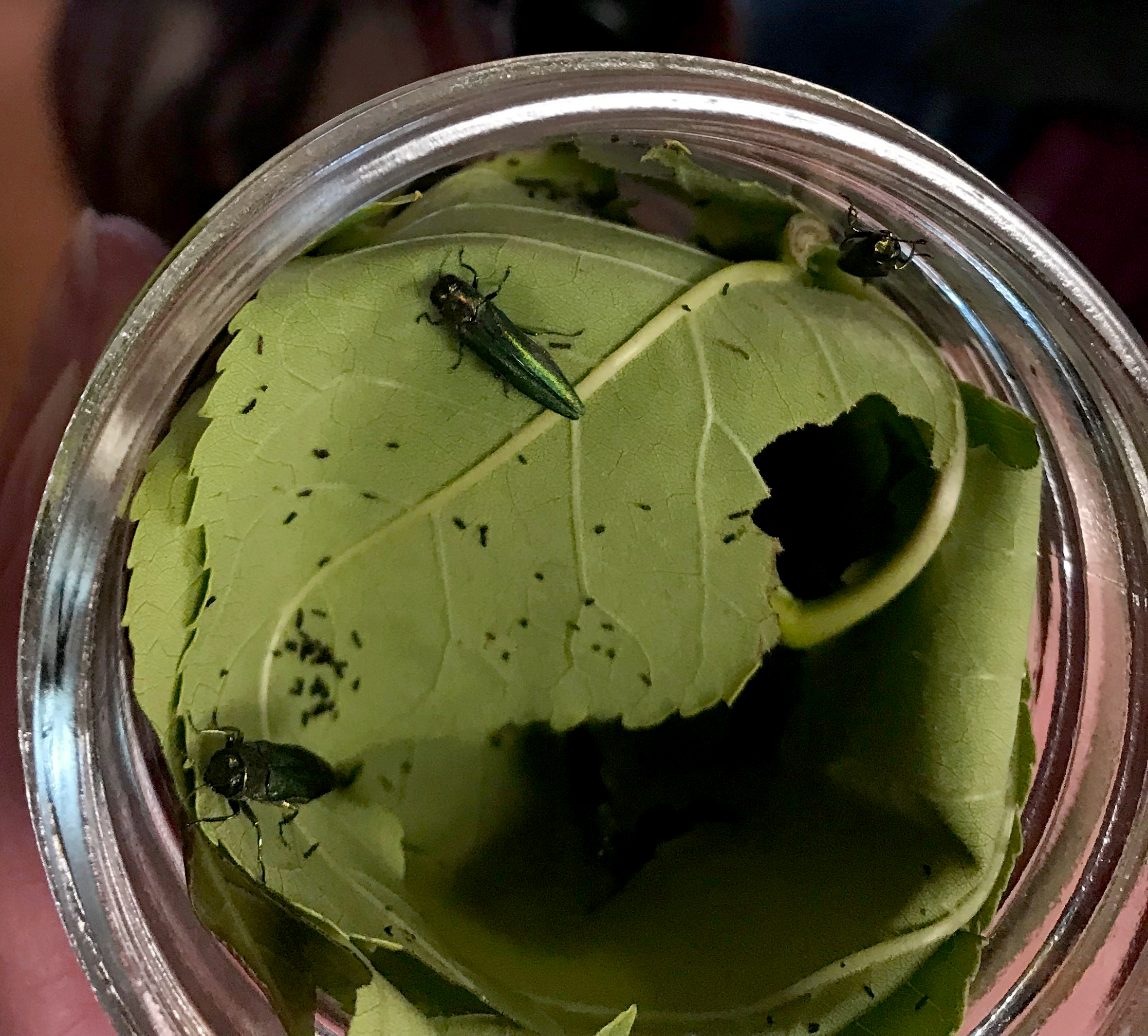Dropping the Emerald Ash Borer Quarantine Could Impact the West

The U.S. Animal and Plant Health Inspection Service has proposed lifting the domestic quarantine designed to slow the spread of emerald ash borer, an action that could speed the destructive insect’s introduction into Western states that have so far kept it at bay.
Public comments to this "pre-rule" proposal are being accepted through November 19.
The federal proposal acknowledges that efforts to stop the invasive pest, first detected in Michigan in 2002, have essentially failed. The proposal says the service would be better off spending its money researching and promoting biocontrol efforts than managing the quarantine, which prohibits the movement of infected nursery stock and wood from infested areas.
Not everyone in the West agrees.
"We're concerned about it," said Tom Smith, a forest pest specialist with the California Department of Forestry and Fire Protection. "We have our own native ash tree species, and ash is a common urban tree. There are still major areas that don't have this pest yet, and we don't want it."
The situation is similar in Oregon.
“In Oregon, we have one native ash species, the Oregon ash, and know emerald ash borer will attack and kill this species,” said Wyatt Williams, an invasive species specialist with the Oregon Department of Forestry. “It’s a riparian species that grows in low-elevation wetlands and swampy areas.”
The loss of the West’s native ash could have cascading effects on other native species who use the trees for habitat, Williams said.
The emerald ash borer is also a threat to California’s olive industry as the trees are closely related. The insect is native to Asia and has spread to 33 states and killed hundreds of millions of ash trees since its introduction in the Upper Midwest.
The insects bore into and feed on ash, which are common street trees across the country because of their tall, dense canopies and hardiness. But North American ash species have no defense against the emerald ash borer, and mortality rates of untreated trees range from 70 to 100 percent.
The insect spread easily across the Midwest – in part through infested nursery stock – but hasn’t made inroads in the West as quickly. The only detection in the West has been in the city and county of Boulder, Colorado.
“In Ohio, there were no natural barriers stopping it from spreading across the whole state,” explained Colorado State University entomologist Whitney Cranshaw. “Here we have mountains and huge treeless areas that the insect couldn’t cross on its own. There’s no way it gets to Pueblo, for instance, unless someone takes it.”
Since emerald ash borer was first detected, a number of agencies have launched public-education campaigns, like “Don’t Move Firewood” and “Buy it Where You Burn it,” to prevent the movement of infested wood spreading the insect. Some fear dropping the quarantine undercuts those efforts, but others believe it might be time to change tactics.
Laura Pottorff, a program manager at the Colorado Department of Agriculture who oversees pest quarantines, wasn't shocked by the APHIS proposal.
"It’s not a surprise because the quarantine isn’t working,” she said. “We got it and the quarantine was in place. The issue is APHIS has no money and quarantines are impossible to enforce."
Pottorff said that if APHIS lifted the federal quarantine, Colorado would likely lift its state quarantine that prohibits moving infected wood out of Boulder County.
Other states would move the other direction.
“States could create their own quarantines,” said Williams. “But the point is this pest will move across the United States a lot quicker if they remove the federal quarantine.”
Read and comment on the proposal